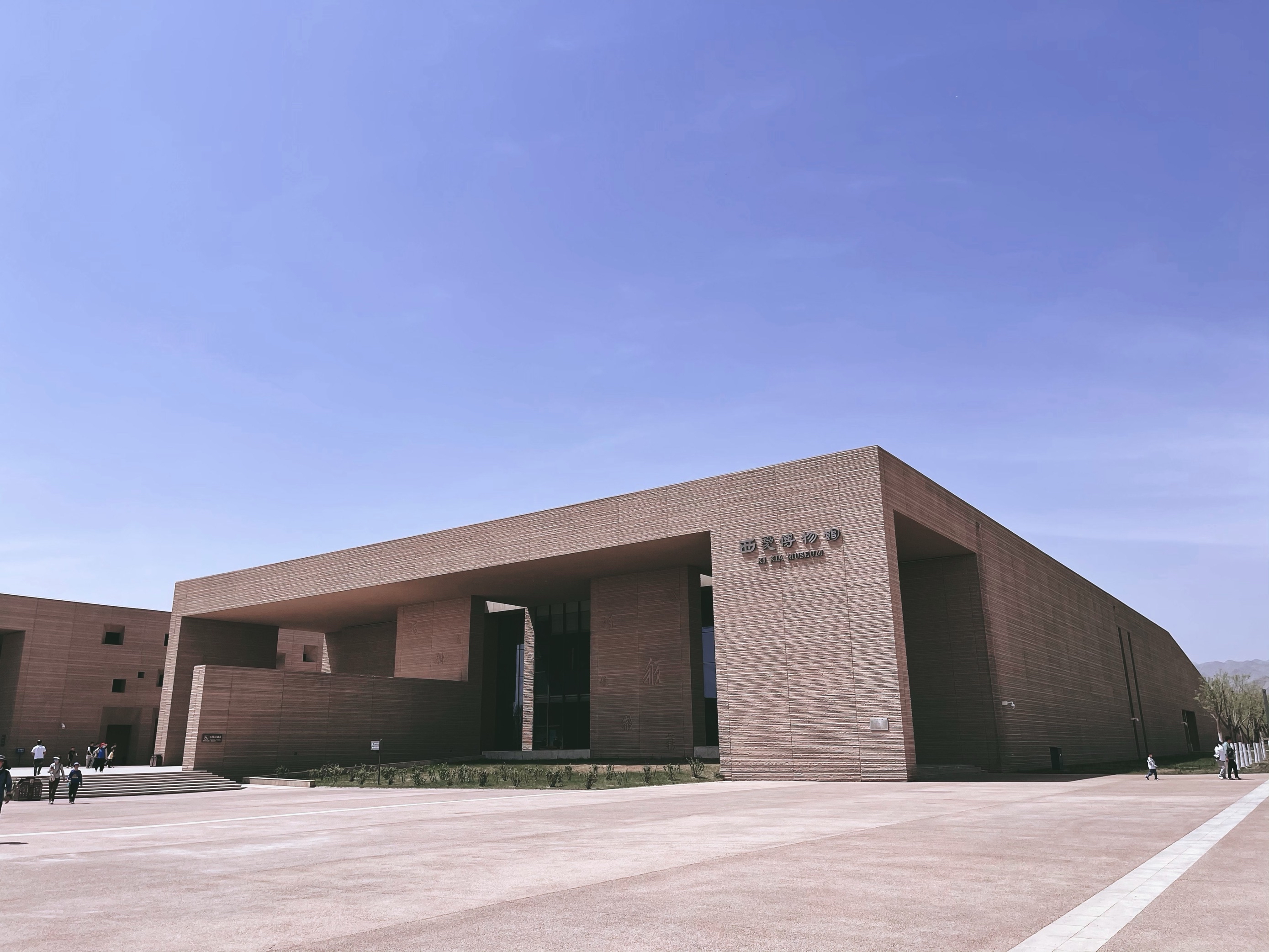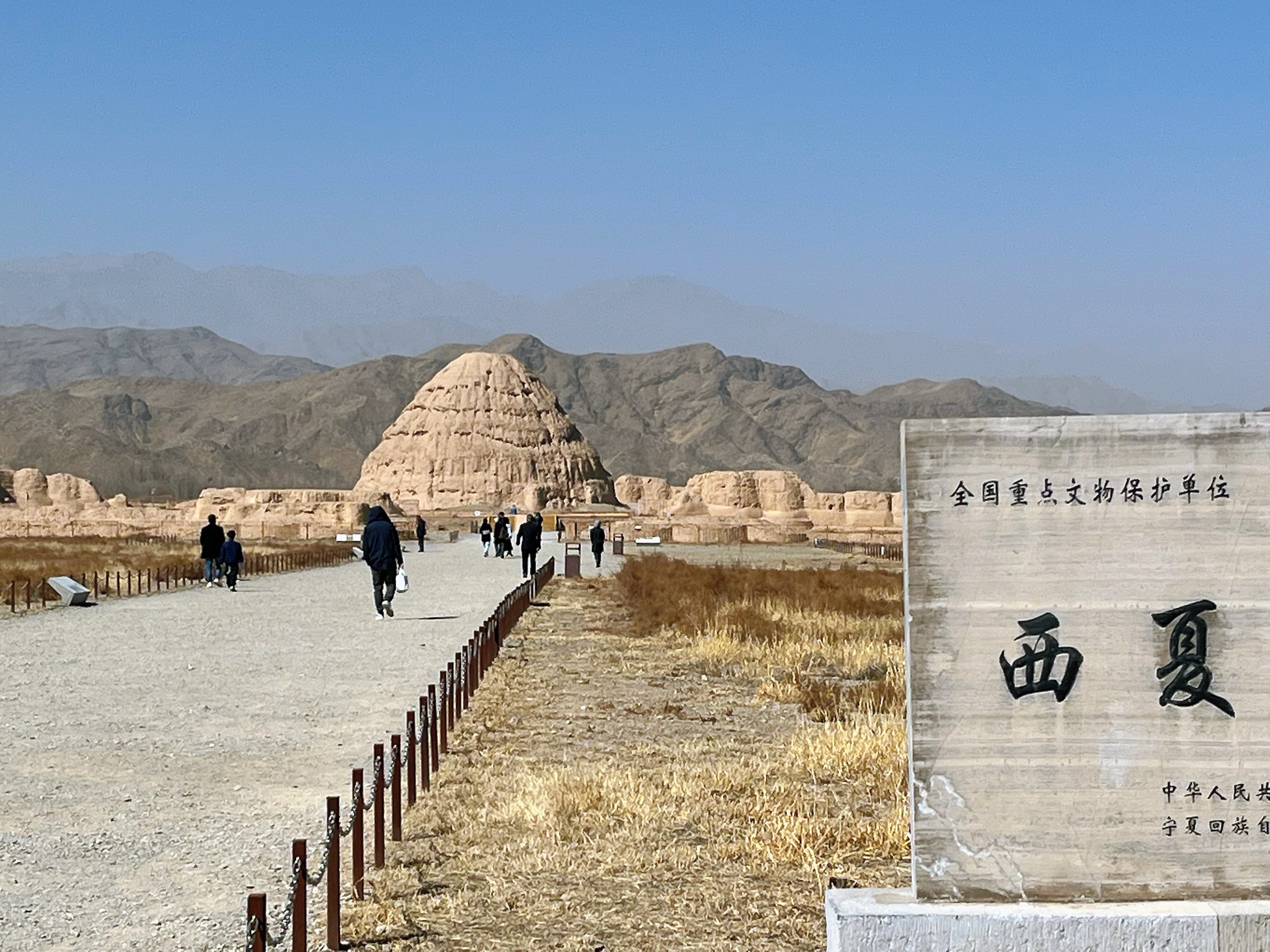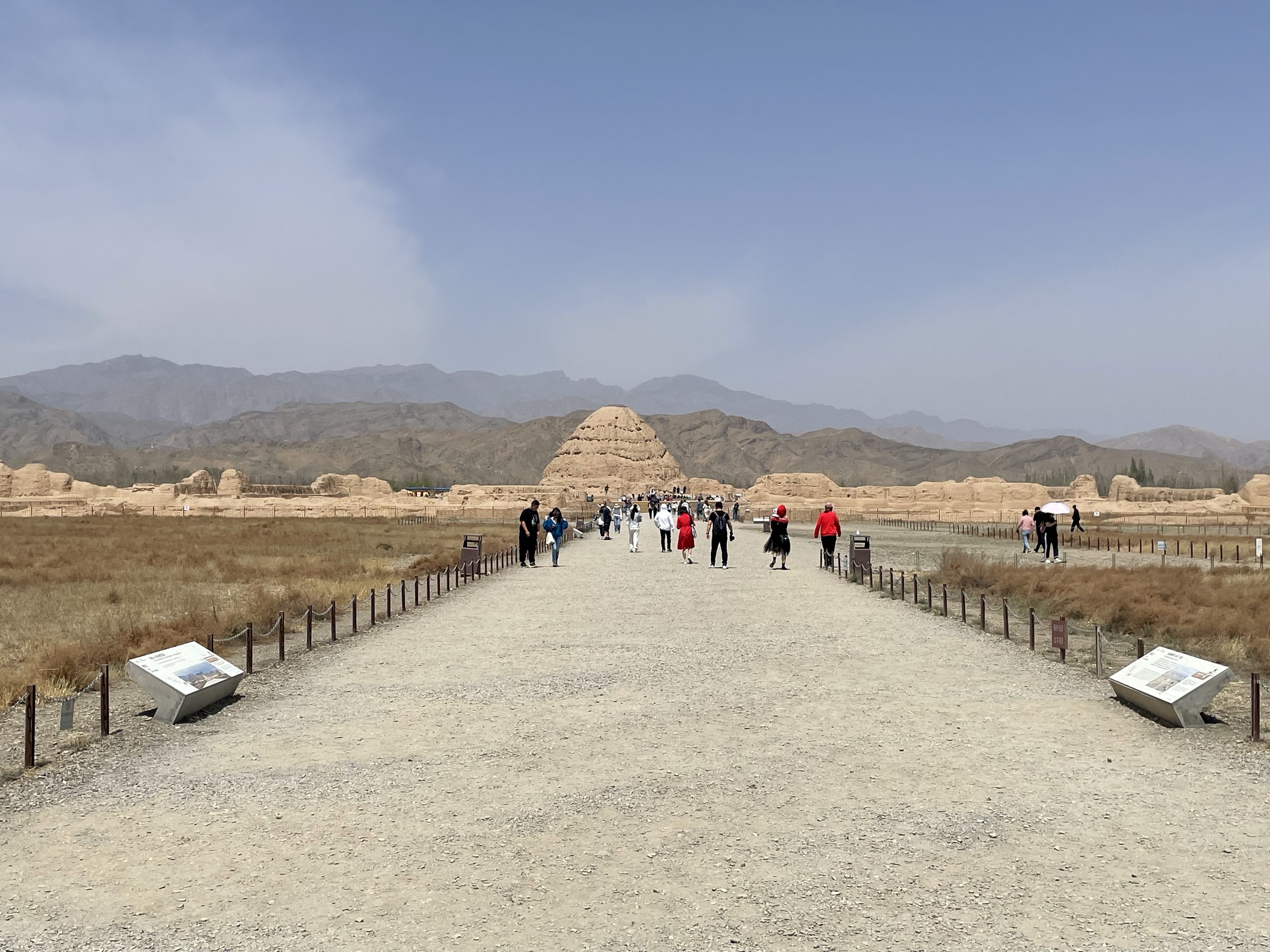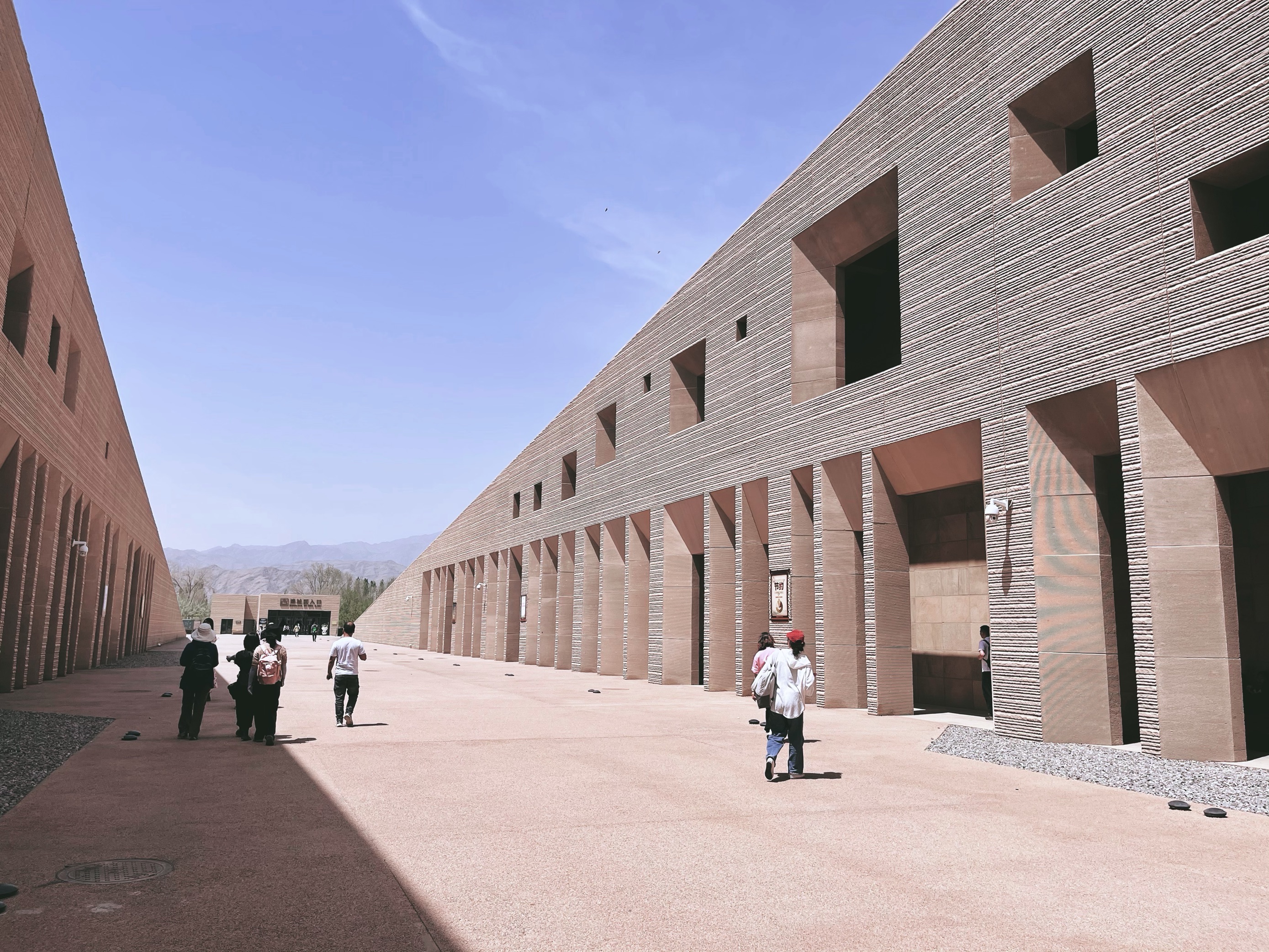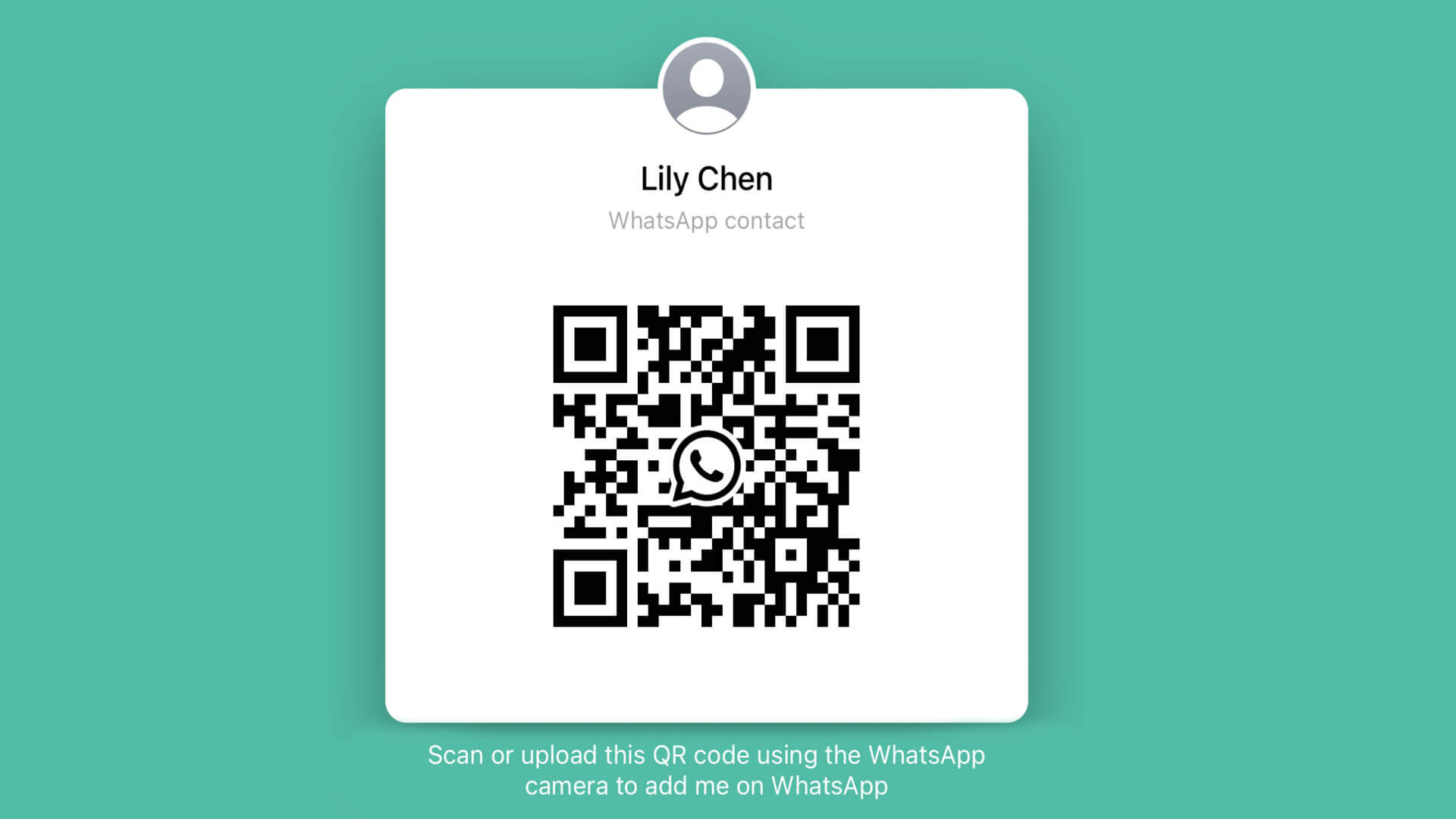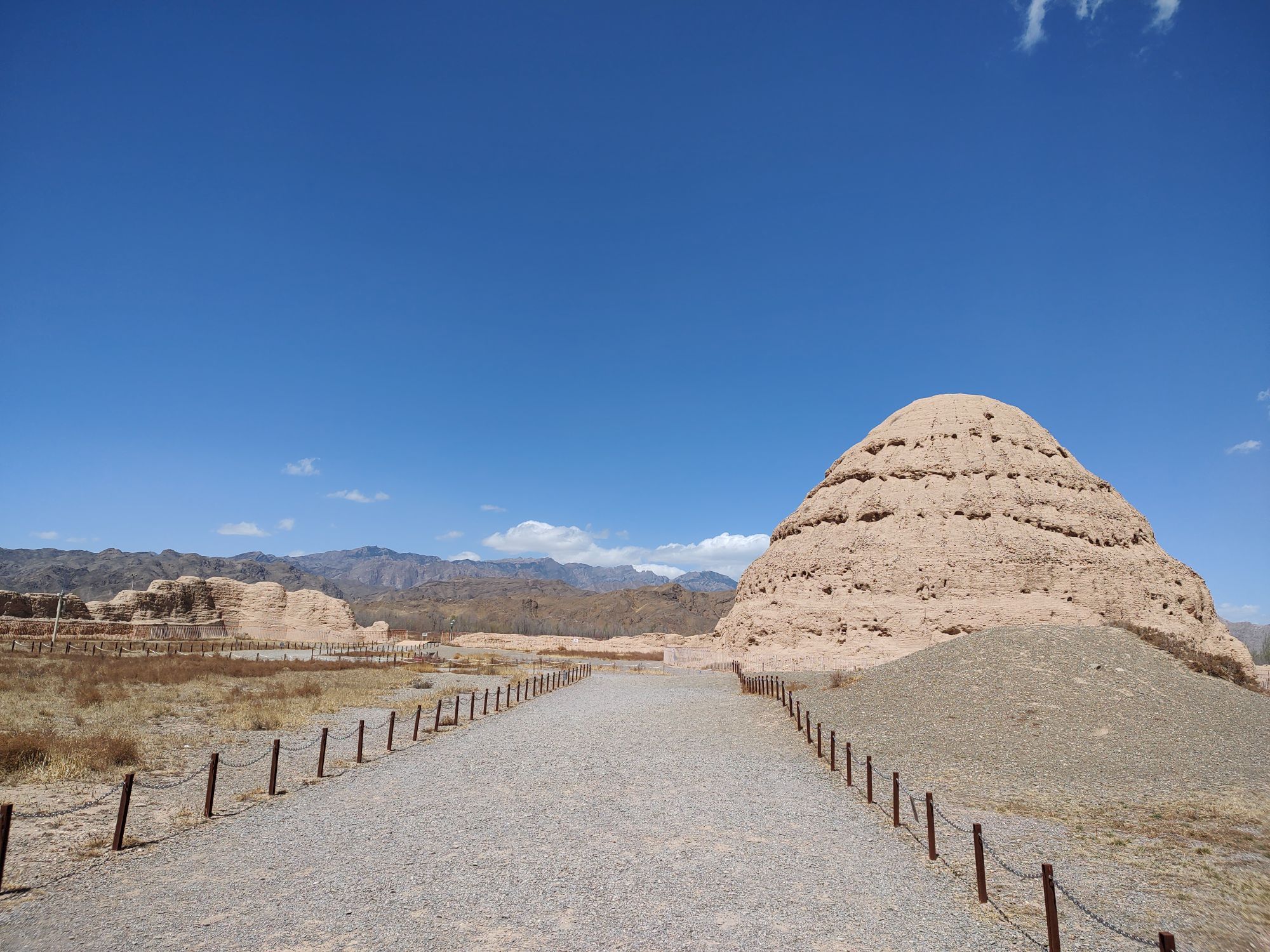
Xixia Tomb Relics
- Chinese name: Xixia Mausoleum 西夏王陵
- Foreign name: Western Xia Imperial Tombs
- Location: Helan Mountain East, Xixia District, Yinchuan City, Ningxia Hui Autonomous Region 宁夏回族自治区银川市西夏区贺兰山东麓
- Climatic conditions: Mid-temperate continental climate
- Opening hours: April 1st-October 31st 08:00-17:30 (last admission 17:30); November 1st-March 31st 09:00-17:00 (last admission Admission 16:00)
- Attraction level: National AAAA level
- Ticket price: Adult ticket 95 yuan (ticket 75 yuan + 20 yuan battery ticket)
- Land area: approx. 53 km²
- Famous attractions: Xixia Mausoleum, Xixia Museum, Forest of Steles, Xixia Historical History Art Museum
- Suggested play time: 3-4 hours
- Suitable season for visiting: from May to October
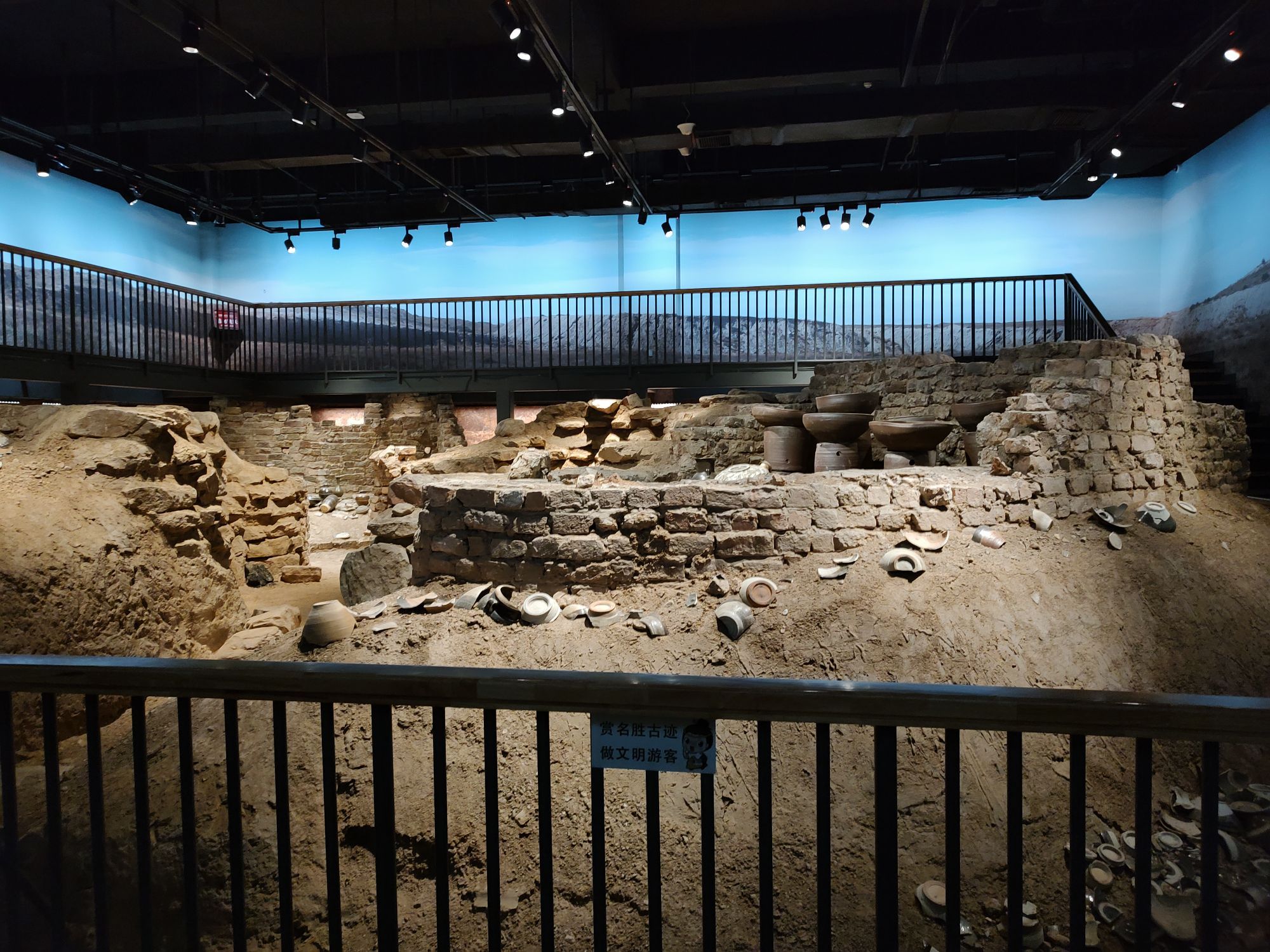
Xixia Tomb Relics
The Western Xia Tombs are a collection of ancient burial sites located just west of Yinchuan.The site has been designated as a UNESCO World Heritage Site and is considered to be a national treasure in China.
These tombs are the final resting place of the emperors and royal family members of the Western Xia dynasty, which ruled the area from the 11th to the 13th century.
The Western Xia Tombs are one of the most important historical and cultural sites in Ningxia, and are considered to be one of the
best-preserved imperial tombs in China.
The site covers an area of over 50 square kilometers and includes 9 imperial tombs, 250 smaller tombs, and numerous other cultural
relics.
The tombs are characterized by their unique architectural style,which features a mix of Chinese and Western Xia influences.They are constructed with rammed earth walls and wooden beams,and are decorated with intricate carvings and colorful paintings.Each tomb consists of several chambers, including a main burial chamber where the emperor or royal family member was laid to rest, as well as smaller chambers for offerings and burial objects.
Western Xia Royal Tombs
Xixia Mausoleum National Archaeological Site Park (also known as Xixia Royal Mausoleum), located at the foot of Helan Mountain in the western suburbs of Yinchuan City, is the royal mausoleum of the Xixia Dynasty, where many emperors of the Xixia Dynasty were buried. Now there are 9 imperial mausoleums and more than 140 accompanying tombs in the entire mausoleum area, which is one of the largest royal mausoleums in Chinese history. The shape of the mausoleum is different from other Chinese mausoleums, it is in the shape of an inverted corn head. In addition, there are Xixia Museum, Xixia History Art Museum, Xixia Forest of Steles and other facilities and venues in the scenic area to help tourists understand the history and culture behind the mausoleum.
The composition of the venue
The scenic area currently opens tombs No. 1, 2, and 3 for tourists to visit. Among them, Tomb No. 3 (the “Tai Tomb” of Li Yuanhao, the founding emperor of Xixia) is relatively close to the Xixia History Art Museum and the Xixia Forest of Steles.
History of the Xixia Dynasty
The Xixia Dynasty was established by Dangxiang people, and its characters and customs were different from those of the Han people in the Central Plains. After the fall of the dynasty, the cities and history of Xixia mysteriously disappeared in the Gobi, becoming an eternal mystery, which was not discovered and interpreted until modern times. There are a wealth of cultural relics of the Xixia Dynasty in the Xixia Museum, among which many stone carvings in Xixia script and murals with Xixia style are treasures. The free explanations inside the museum are also very exciting, which can help you understand the customs, culture and rise and fall of the mysterious Xixia Dynasty, and you can also visit the royal tomb with more experience.
The Mausoleum of King Hao
The Mausoleum of King Hao in the scenic area can be visited closely. The huge upside-down semicircular mausoleum stands on the wasteland, the vicissitudes of history are close at hand, and the ravines at the foot of Helan Mountain in the distance make people feel sad and magnificent vicissitudes.
Xixia Museum (New Building)
The Xixia Museum (New Museum) in the scenic area has a new appearance. The display in the museum is divided into six parts: Xixia History, Xixia Culture, Xixia Religious Art, Xixia Social Economy, Xixia Mausoleum, Protection and Inheritance. Nearly 5,000 collections of thangkas, documents, clay sculptures, copper and iron wares, fabrics, and porcelain were exhibited, including a large number of fine cultural relics unearthed during the archaeological research of the Xixia Mausoleum in recent years.
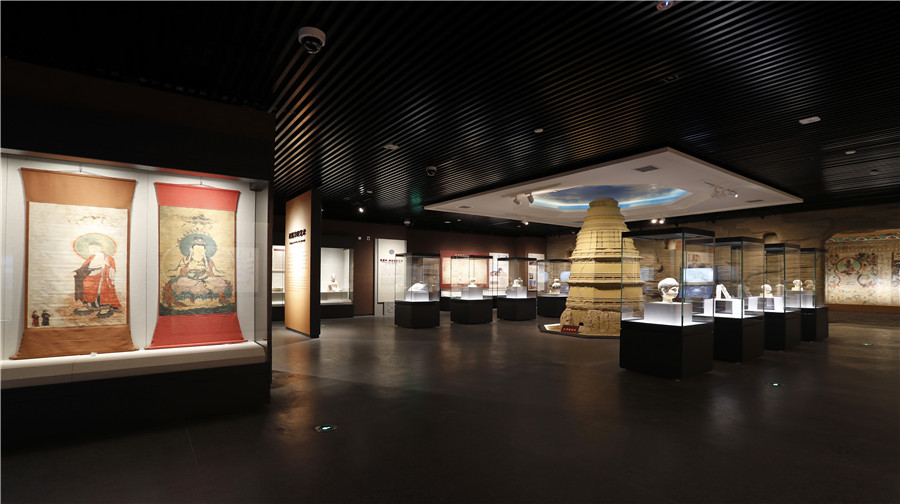
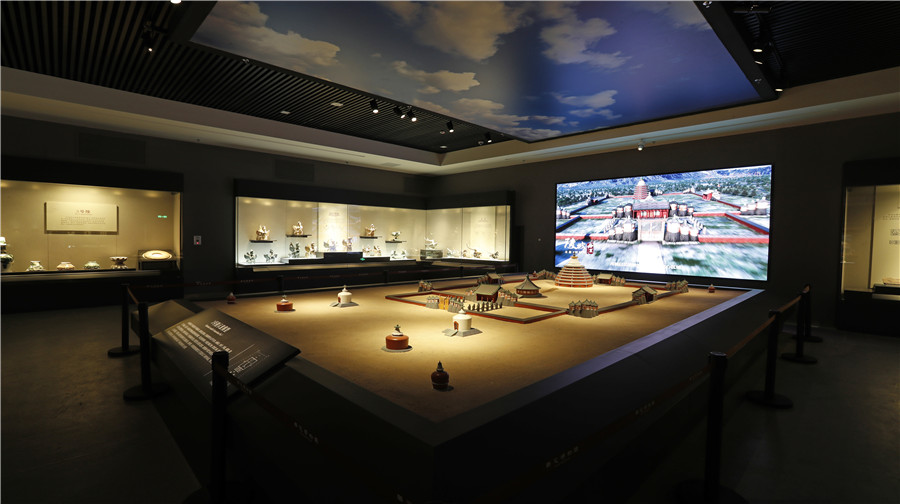
Xixia Tomb Relics Video
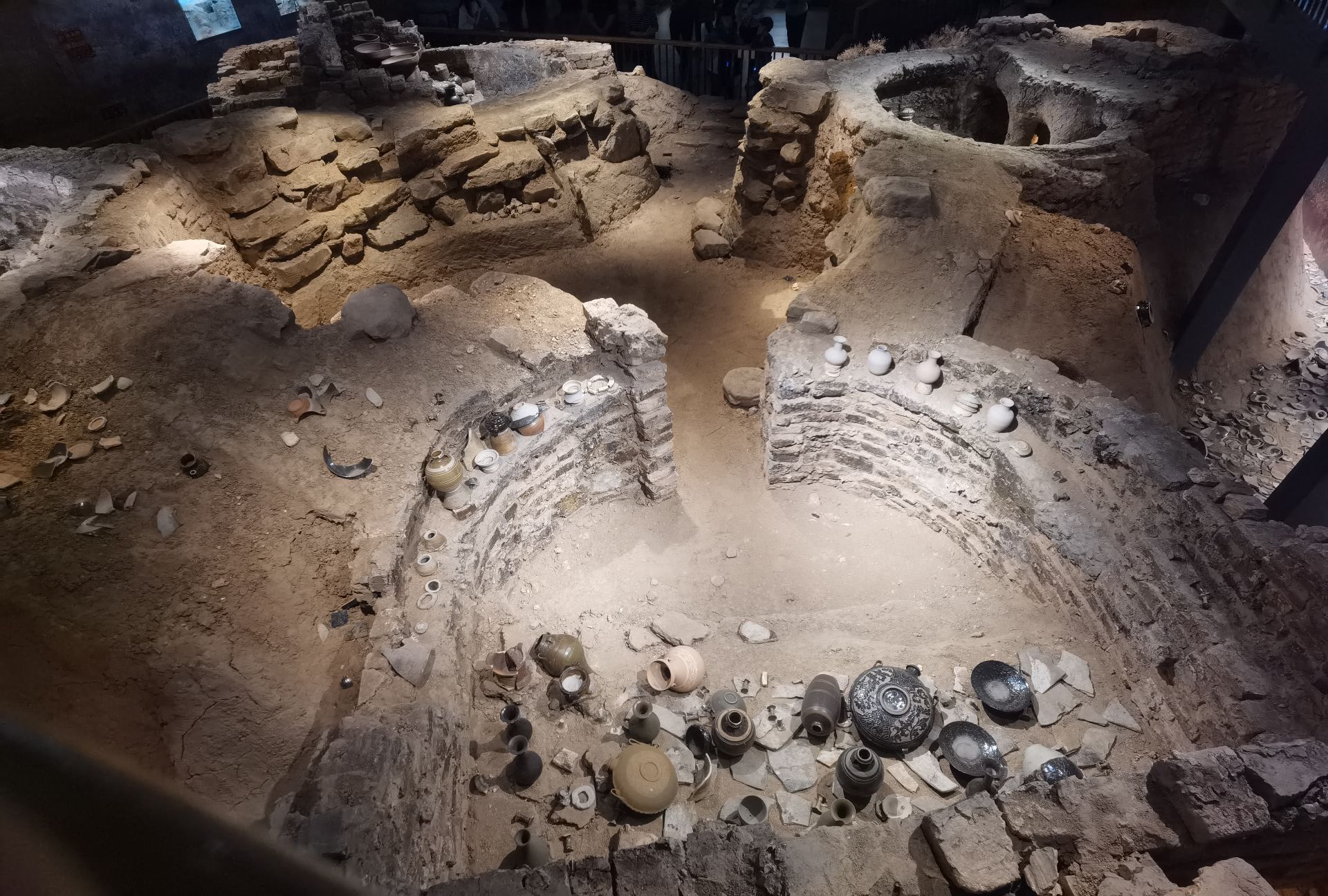
Xixia Tomb Relics Tourist Map
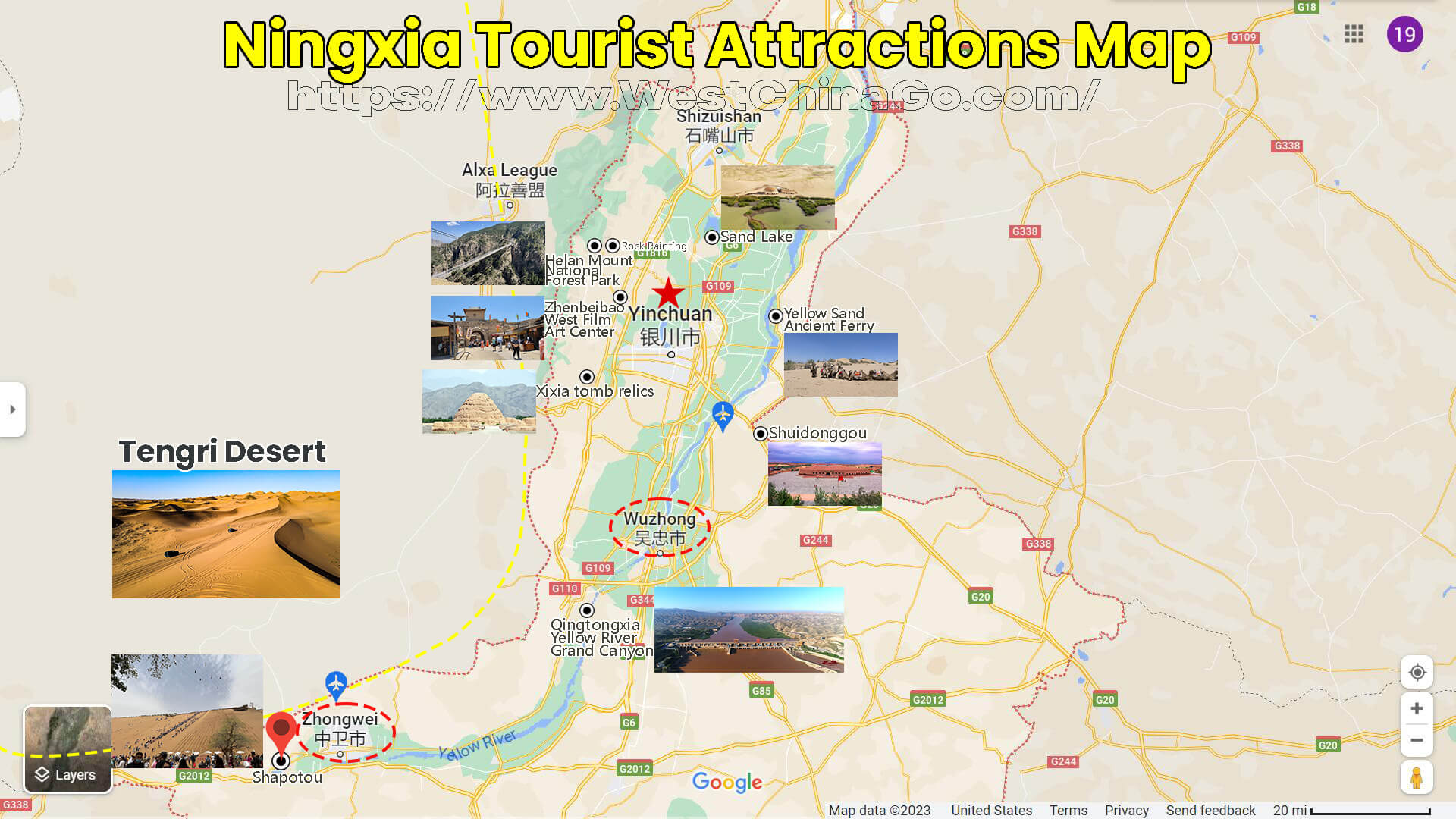
Things to do in Western Xia Tombs
1. Explore the Tombs
The tombs themselves are the main attraction, and visitors can explore the different tombs to see the unique architectural style and learn about the history and culture of the Western Xia dynasty.
2. Visit the Western Xia Imperial Mausoleum Museum
This museum is located near the tombs and houses a collection of artifacts and relics from the Western Xia dynasty,including pottery, bronze ware, and Buddhist scriptures.
3. Admire the Scenery
The Western Xia Tombs are located in a scenic area,surrounded by beautiful natural scenery. Visitors can take a leisurely stroll or hike around the area to enjoy the views and take in the fresh air.
4. Attend a Cultural Performance
The Western Xia Tombs also hosts cultural performances that showcase the traditional music, dance, and customs of the Hui ethnic group, who played a significant role in the history and culture of the region.

